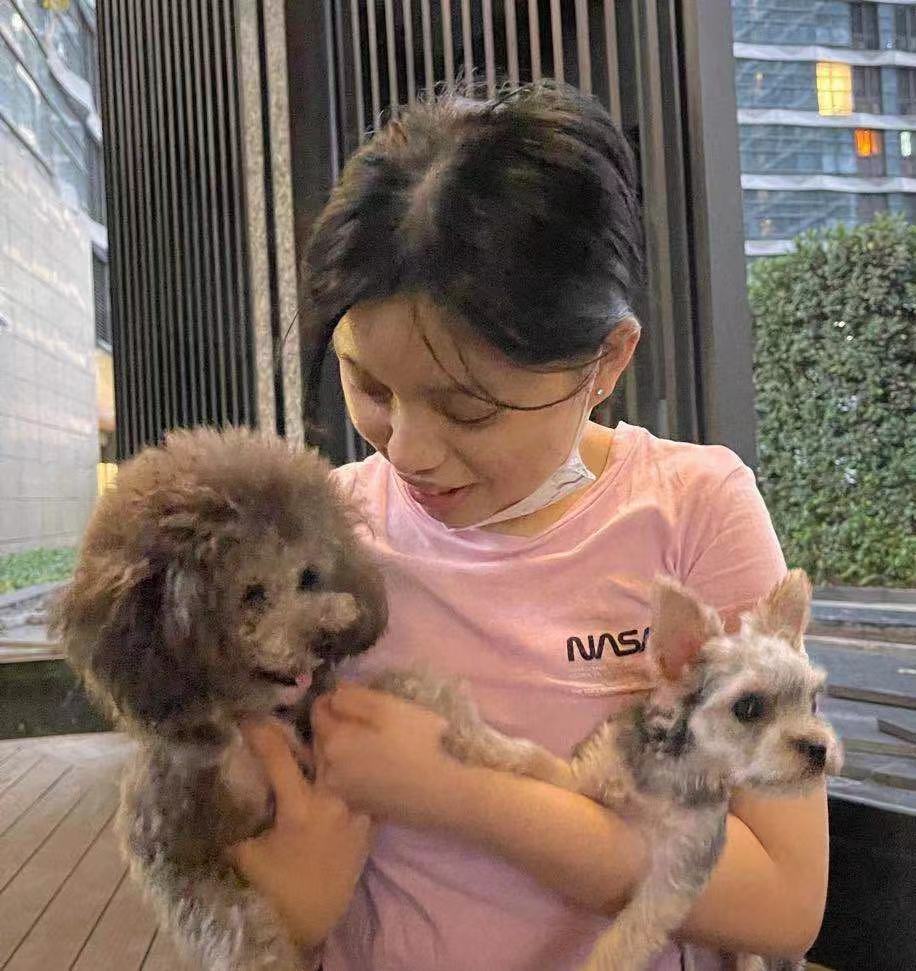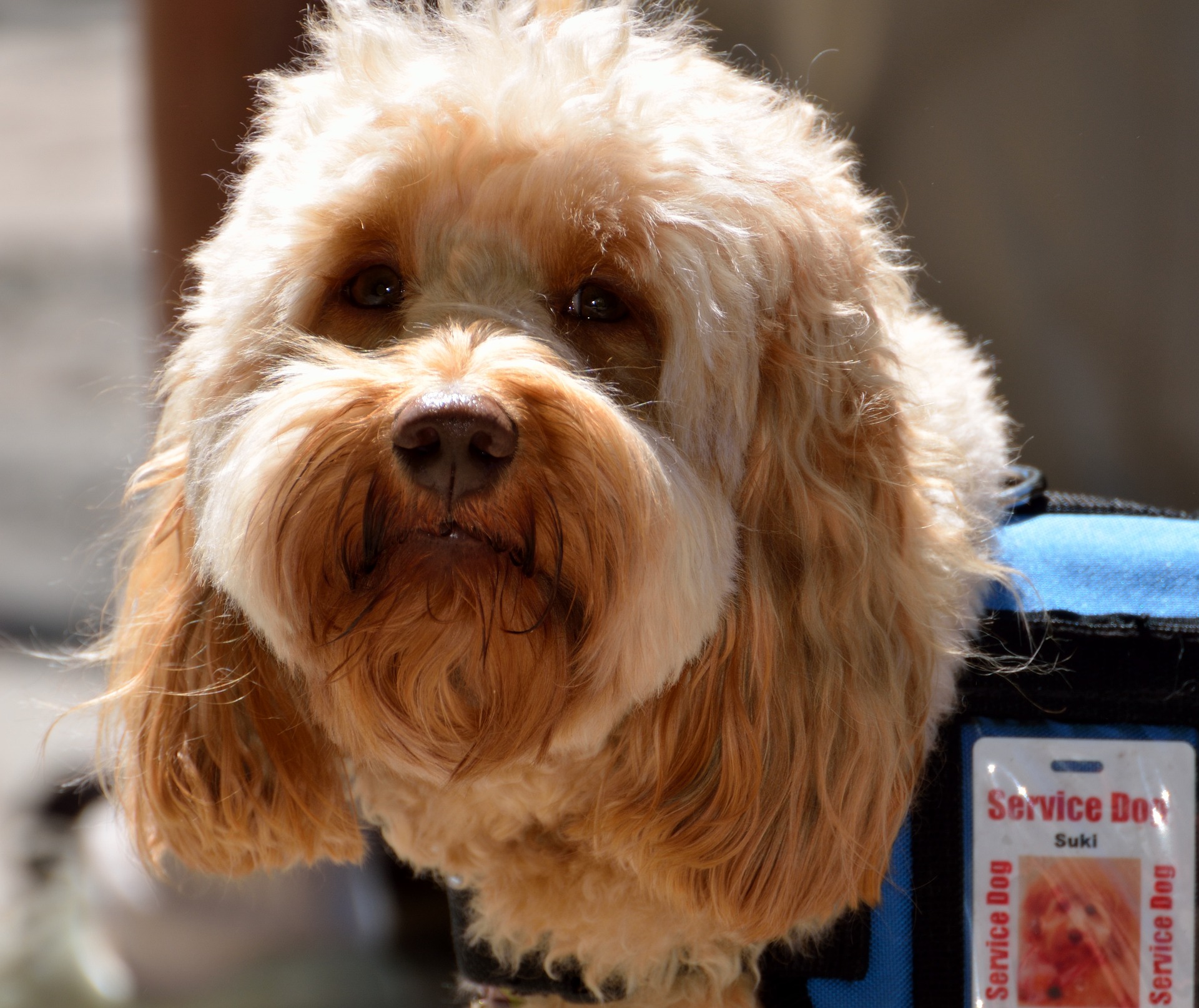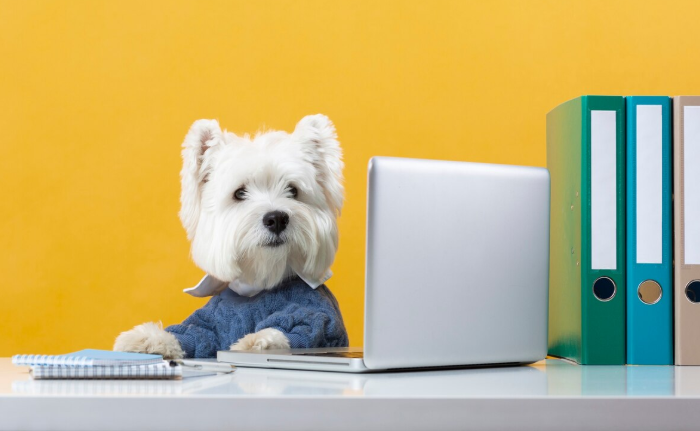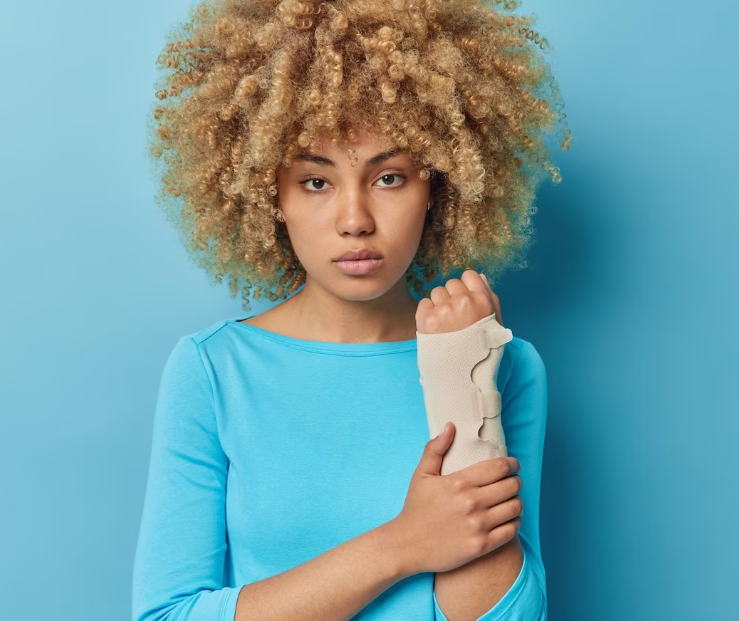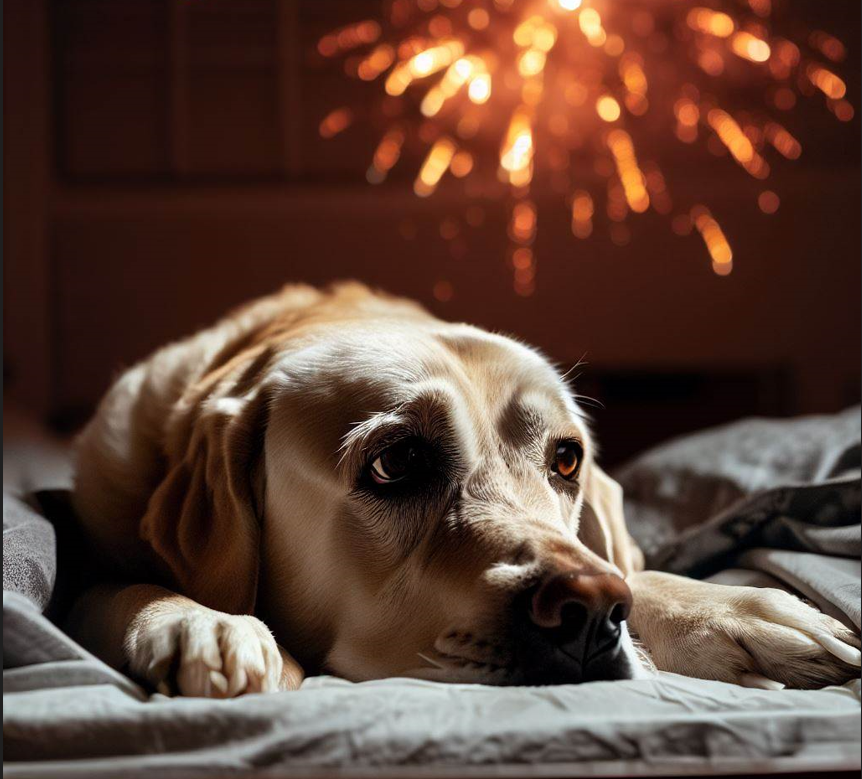
Most of us really enjoy the time of the year when we celebrate national holidays and the sky is lit by fireworks in vibrant colors. Joy, excitement, and a cheerful mood usually accompany these celebrations.
However, all the hectic crowds and especially the loud noises may also cause many people and their pets to experience anxiety. Dogs are sensitive and emotional creatures who can be greatly affected by changes in their normal environment.
You may have already heard that July 4th is the time of the year in the US when the number of lost dogs reaches its peak.
Today we will talk about the negative impact that fireworks have on our beloved paw friends; why dogs are so affected by the sounds produced by fireworks; and how to address their anxiety in such cases.
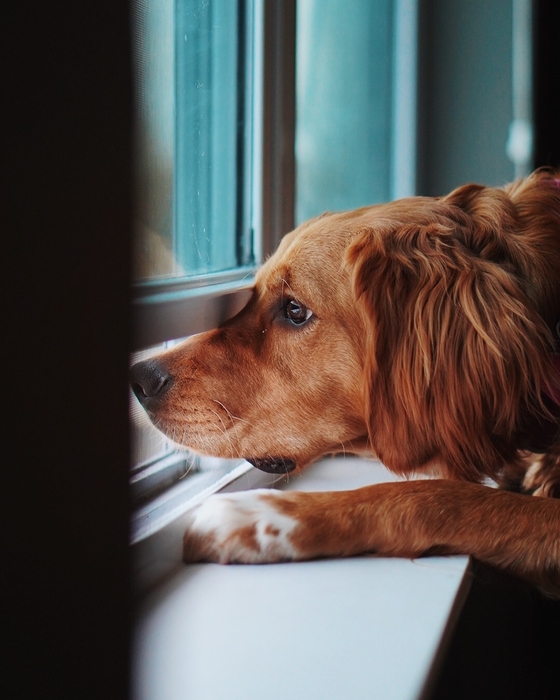
Why Are So Many Dogs Overly Sensitive to Fireworks?
Dogs have greater hearing ability than humans. It is believed, that they hear almost twice as many frequencies as people and are able to catch sounds at a distance that is four times far away. In contrast to dogs, humans can recognize sounds that are twice further away.
Considering the information above, it is quite reasonable for dogs to feel overwhelmed by the sounds of the fireworks.
Considering the light effects of fireworks, we can say that canines are about five times more sensitive to light than us. This is another crucial factor to take into account.
It is not only their great hearing and seeing abilities though, which make them sensitive to loud sounds. Dogs are very intuitive and have great senses in general. They are able to detect even the slightest changes in their surroundings.
It is also worth noting, that some dogs have the congenital ability to sense the emotions of their beloved owners. If we are stressed and anxious due to the extremely loud sounds, our paw friends are also likely to be stressed.
Another thing to consider is that fireworks do not only produce loud sounds, but they cause many people to gather together and celebrate. Crowded places filled with cheers can also be stressful for our pets. Without proper training, dogs are not likely to be able to deal with so many distractions in their surroundings.
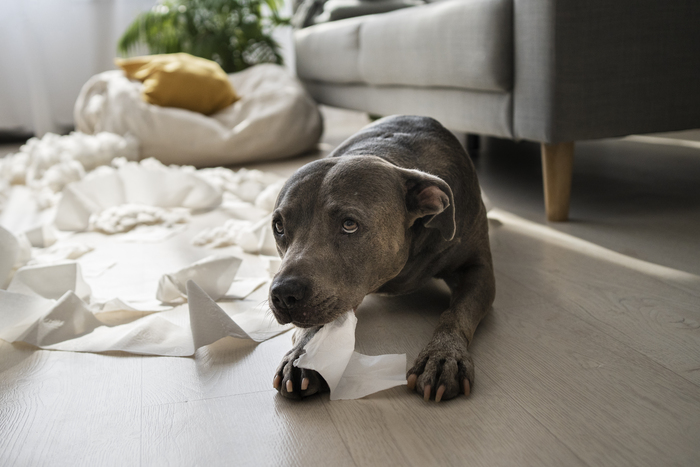
How to Recognize That Your Dog Is Anxious Because of Fireworks?
Dogs use not only vocalization but also their body language to communicate their emotions. We need to learn to read the body language of our paw friends to be able to interpret their behavior correctly.
Also, it is worth noting, that dogs are individuals who may show different types of behavior when exposed to the same stimuli. However, there are certain signs that can be considered universal and that can help us identify states of distress and anxiety in our dogs.
Pacing
If you notice your dog being restless and pacing back and forth, then they are likely to experience an anxiety episode and are probably seeking comfort.
Vocalization
Howling, growling and excessive barking are common forms of vocalization in dogs that typically occur as a response to stress factors.
Shaking
Shaking or trembling in dogs can be caused by very loud sounds or other stimuli in the surroundings with extreme intensity.
Freezing in one Spot
Staying in one spot for a long period of time and tucking the tail under the back legs is also a common sign of stress and anxiety in dogs.
Hiding
If you see your paw friend trying to hide while fireworks are displayed, then this is a clear sign that they are scared and are looking for a safe place.
Showing Unwanted Behaviors
Extremely loud sounds combined with light effects can cause dogs to become disruptive and show unwanted behaviors. Chewing, biting, jumping, and pulling are among the behaviors that can be seen in dogs as coping mechanisms for stress and anxiety.
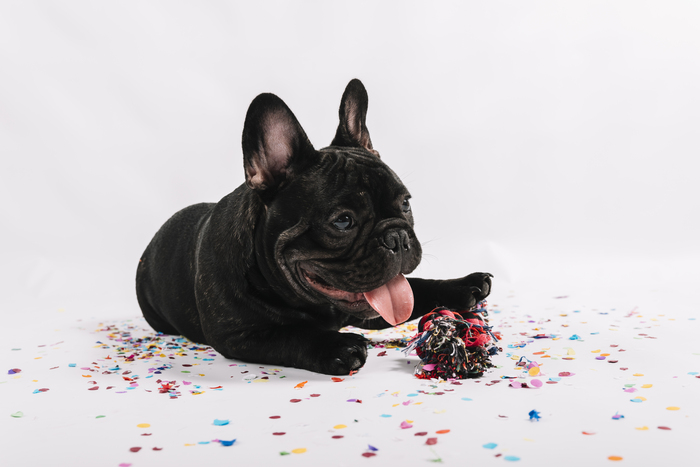
Tips on How to Help a Dog Deal with Anxiety due to Fireworks
As explained above, the first step to address certain behavior is to know your dog as an individual and identify the problem. Once you do that, you can continue forward with the practical tips.
Safe Space
Setting up a designated area at home as a safe space for your dog can help them deal with different types of stressful factors. It is advisable that you make this “safe zone” as comfortable as possible. Plush and soft items, toys, comfortable bedding, and your old clothing with your scent on it can help create familiarity and bring a sense of comfort and safety.
Distraction
Another tip that may be helpful is to try to distract your dog.
Close the windows and play calming music that will have a soothing effect on your paw friend. You can also put the curtains down to prevent them from seeing the lighting and talk to them in a calm voice.
If you are too close to the fireworks, this may not work, but you can still give it a try.
Remain Calm
Dogs are able to detect deviations from our standard emotions and behaviors and respond to them. They are also affected by the way we respond to the factors that trigger us. The calmer, reassuring, and confident we are, the calmer and confident they will also be.
Show Your Love and Understanding
When you notice that your dog is showing signs of anxiety, you can try to show them your love and support by petting them, talking to them in a calm and happy voice, and cuddling them. Your paw friend will definitely appreciate your love and care!
Behavioral Modification
By “behavioral modification” we mean helping your dog to get desensitized toward the stimuli and change their attitude toward them. This is not an easy task, especially when the stimuli are so visually and audibly intense as they are with fireworks. However, applying desensitization and counter-conditioning will help you achieve a long-term result.
As the name suggests, “desensitization” is a process related to helping the dog become less reactive to stimuli. This process usually starts with exposing the dog to the stimuli that trigger them but at a low-intensity level. The goal is for the dog to not show any reaction. The intensity should be increased step by step.
Counter-conditioning usually goes hand-in-hand with desensitizing and is related to rewarding the dog for being calm in the presence of the triggers.
Here comes the question-how to implement these two approaches in the “fireworks situation”? A simple way to do this is to play a video of fireworks, by keeping the volume at a really low level. While playing the video, you should give your dog their favorite treats.
Gradually increase the volume and continue rewarding your canine for being calm. If you notice any negative reaction on their end, reduce the volume again and wait for your dog to calm down, before you continue with the training session.
These simple steps will help your paw friend change their attitude toward the stimuli as they will pair them with that positive experience that food provides.
It is important to make sure that your dog is calm during the training session. If the trigger causes them extreme anxiety and frightens them, you should decrease the intensity level until they are calm.
Pairing food with stimuli that are considered "frightening" by your paw friend, can have an opposite effect, namely to help create a negative association with food.
You may want to learn more about the complicated relation between food and fear in dogs.
Fireworks can be very exciting and thrilling for many of us, but they can also be a source of anxiety and stress for other people and animals-both pets and stray dogs and cats.
Recognizing and understanding the negative impact of fireworks on our canines is essential to ensure their well-being during festive celebrations. By implementing the tips listed above, we can help alleviate their anxiety and provide them with a safe, and comforting environment.
Remember, that empathy and consideration can help ensure that our beloved paw friends will enjoy the celebrations alongside us.



